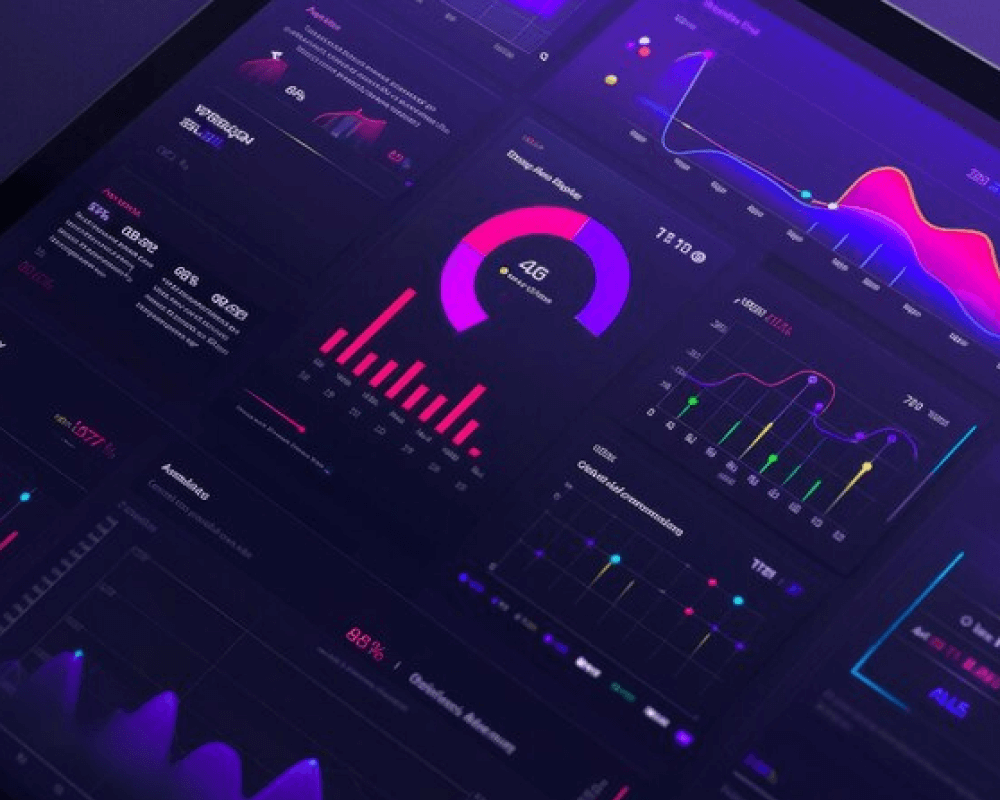August 2, 2024 By: Vikas Bishnoi
The modern-day competitive business landscape is largely customer-centric. In this regard, maximizing customer satisfaction is a key driver of success. The global revenue for customer experience personalization and optimization software is projected to reach $11.6 billion by 2026. To stay ahead, businesses must adopt strategic measures that enhance sales efficiency in planning, training, forecasting, reporting, and performance management.
Cross-functional analytics are crucial, integrating data across departments to offer a holistic view of customer interactions. This enables businesses to pinpoint the best sources for lead nurturing, develop optimal engagement strategies, and evaluate the impact of sales tactics on customer satisfaction and retention.
These unified customer data allow companies to make data-driven decisions that foster customer loyalty and drive sustainable growth.
This article will delve into the intricacies of cross-functional analytics to improve a business’s sales and enhance customer satisfaction.
Unlocking Synergy: How to Unfold Cross-Functional Sales Analytics With Gen AI
Businesses today leverage advanced analytical services, prominently utilizing AI, to revolutionize cross-functional analytics. Here are the detailed methodologies:
Data Integration from Various Departments:
For a business to succeed, it is important to make sure that the decisions it makes are backed by strong data-based evidence. AI facilitates the seamless aggregation of data from disparate departments or sources across the business.
By integrating data streams, businesses can create a comprehensive and unified view of operations. This unified view enables better decision-making by providing a holistic understanding of business processes and customer interactions.
Pattern Recognition and Predictive Modeling:
Using AI models powered by generative algorithms, businesses can identify complex patterns, trends, and anomalies within large datasets. This capability allows businesses to uncover hidden insights that traditional analytics might overlook.
By applying machine learning algorithms, businesses can predict customer behavior, market trends, and operational performance. By recognizing patterns, businesses can optimize marketing campaigns, improve product offerings, and move towards data-driven customer success.
Collaborative Metrics and KPIs:
KPIs are crucial for guiding cross-functional analytics by measuring success and progress across business departments. They facilitate collaboration among diverse teams, ensuring alignment on common goals for collective business success. With the help of KPIs, companies can pinpoint effective initiatives and areas needing adjustment, enabling agile decision-making and continuous improvement.
Additionally, KPIs promote transparency and accountability, assessing both individual and group contributions towards business goals. Ultimately, integrating KPIs in cross-functional settings quantifies collaborative impact, driving performance towards strategic objectives.
Collecting Feedback From Customer Touch Points:
Customer touchpoints are the interactions between a business and its customers throughout the buying process. Businesses today leverage AI and machine learning to create seamless communication channels, enabling them to gather valuable insights into customer experiences at various journey stages.
Analyzing this unified customer data helps businesses assess touchpoint performance and identify areas for enhancement, crucial for improving overall customer satisfaction and loyalty. Chronologically organizing this data provides a comprehensive view of customer interactions, guiding strategic improvements to enrich the customer journey
Applying Cross-Functional Analytics for Enhanced Customer Experience
Sales and marketing-related decisions cannot be taken based on intuition. They need to be backed by strong data.
Data analytics in customer experience enables businesses to gather valuable insights across departments. This data-driven customer engagement approach supports informed decision-making to optimize business performance and enhance customer experiences.
JK Tech’s AI-powered orchestrator, JIVA, aims to revitalize business data, crafting cross-functional customer strategies that benefit both business operations and customer satisfaction.
Here’s how:
Customer Segmentation
Recent statistics highlight the growing importance of data-driven customer success. 63% of marketers have increased their spending on data-driven customer engagement and marketing strategies to better reach and engage with relevant audiences.
Businesses need to understand that there is no one-size-fits-all in sales. Customers come from different walks of life and their needs and preferences of customers are varied. Cross-functional analytics plays a crucial role in enhancing customer segmentation by integrating data insights from various departments within a business.
By integrating insights from marketing, sales, customer service, and beyond, businesses can create comprehensive customer profiles that go beyond traditional demographic data. This approach not only improves the accuracy of segmentation but also enables personalized marketing campaigns and tailored customer experiences.
Product and Service Optimization
By aggregating insights from marketing, sales, customer service, and operations, businesses can identify trends, preferences, and pain points across the customer journey. This integrated approach allows for a deeper understanding of customer needs and behaviors, enabling companies to refine and innovate their products and services accordingly.
McKinsey’s study highlights the effectiveness of such strategies, with businesses using cross-functional teams reporting faster decision-making processes and improved product portfolio management. Moreover, leveraging data engineering provides real-time insights into user engagement and usage patterns, aiding in continuous improvement efforts.
Set Customer Satisfaction Benchmarks and Metrics
Cross-functional customer strategies can effectively establish customer satisfaction benchmarks by integrating data across departments like marketing, sales, and customer service. Here’s how to do it:
- Identify key performance indicators (KPIs) such as Net Promoter Score (NPS), customer retention rate, and response time.
- Use these metrics to gauge customer satisfaction levels and identify improvement areas.
- Benchmark against industry standards and competitor metrics to set achievable goals and enhance customer loyalty.
Regularly review these benchmarks to adapt to changing customer expectations and ensure continuous improvement.
Optimizing CX With Cross Functional Analytics
Cross-functional analytics enhances customer satisfaction through integrated data insights and collaborative efforts across departments. By leveraging diverse data sources and perspectives, organizations can optimize customer experience initiatives effectively.
A cross-functional team dedicated to CX improvement boosts customer loyalty and satisfaction and generates broader benefits across the company. In this context, JK Tech leverages data analytics to transform your customer experience. Our tailored solutions integrate diverse data sources, driving operational excellence and boosting customer satisfaction.
From a strategic standpoint, such an approach fosters a culture of innovation and collaboration, leading to sustainable business growth. Get in touch today!



